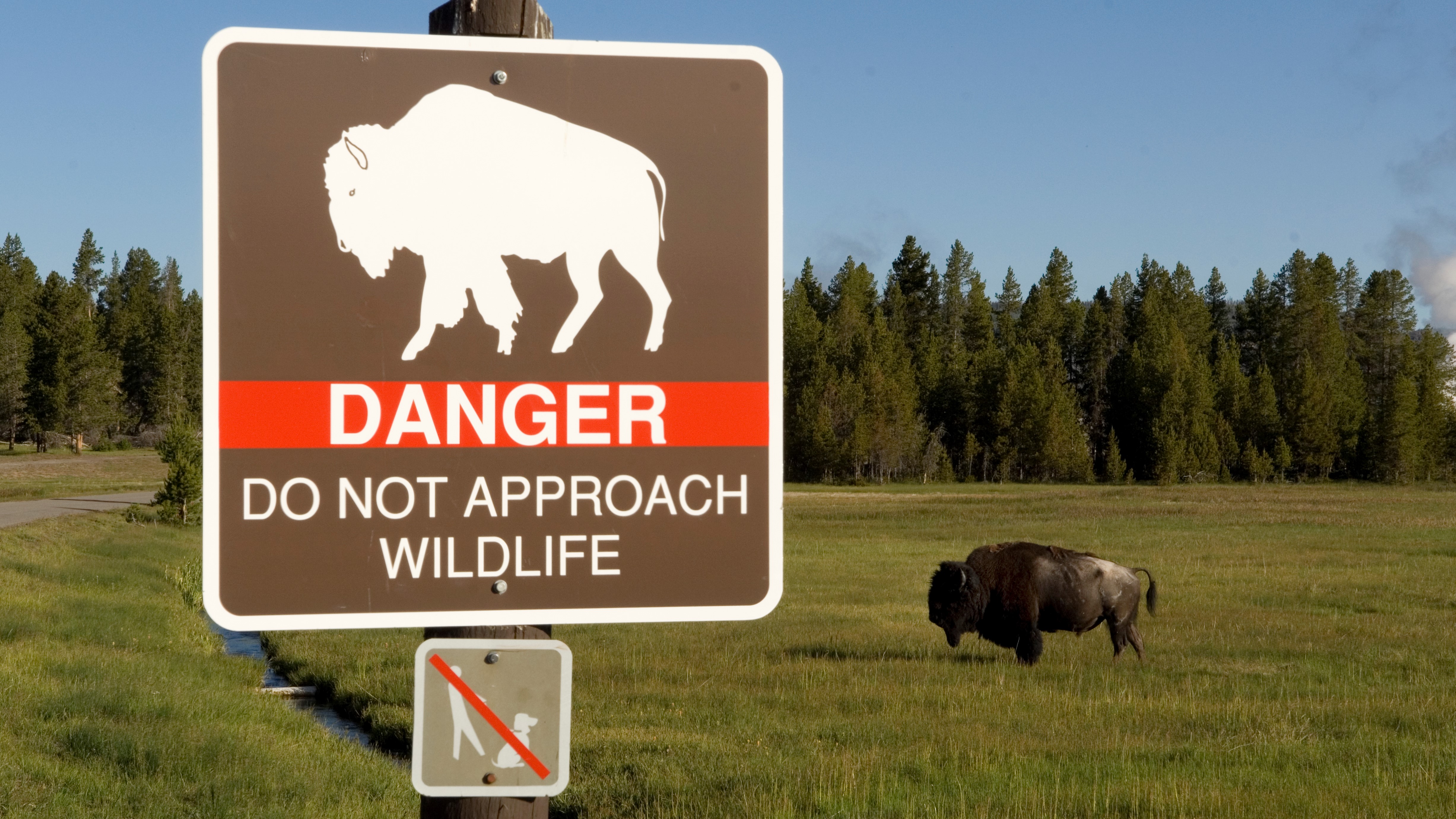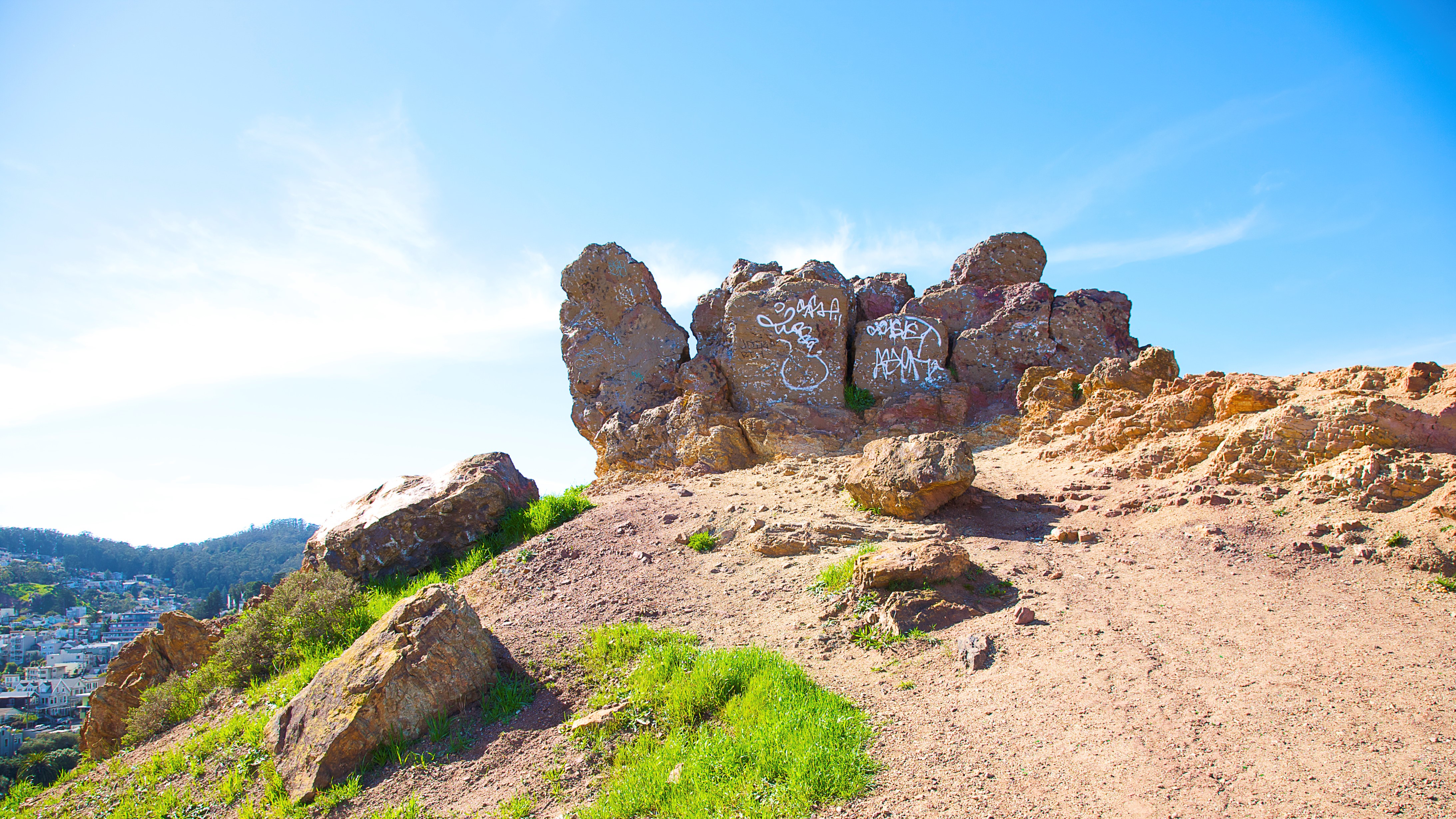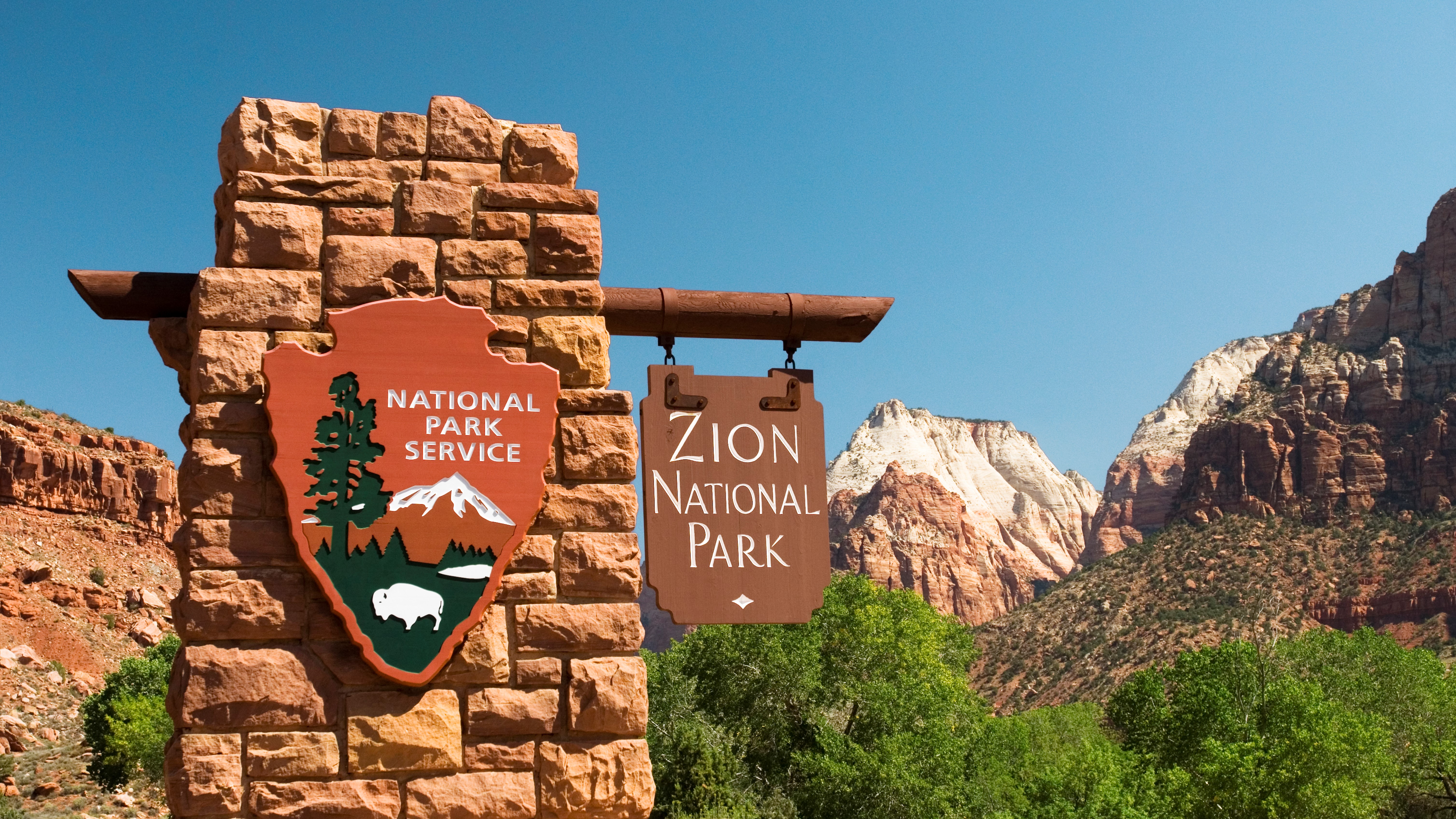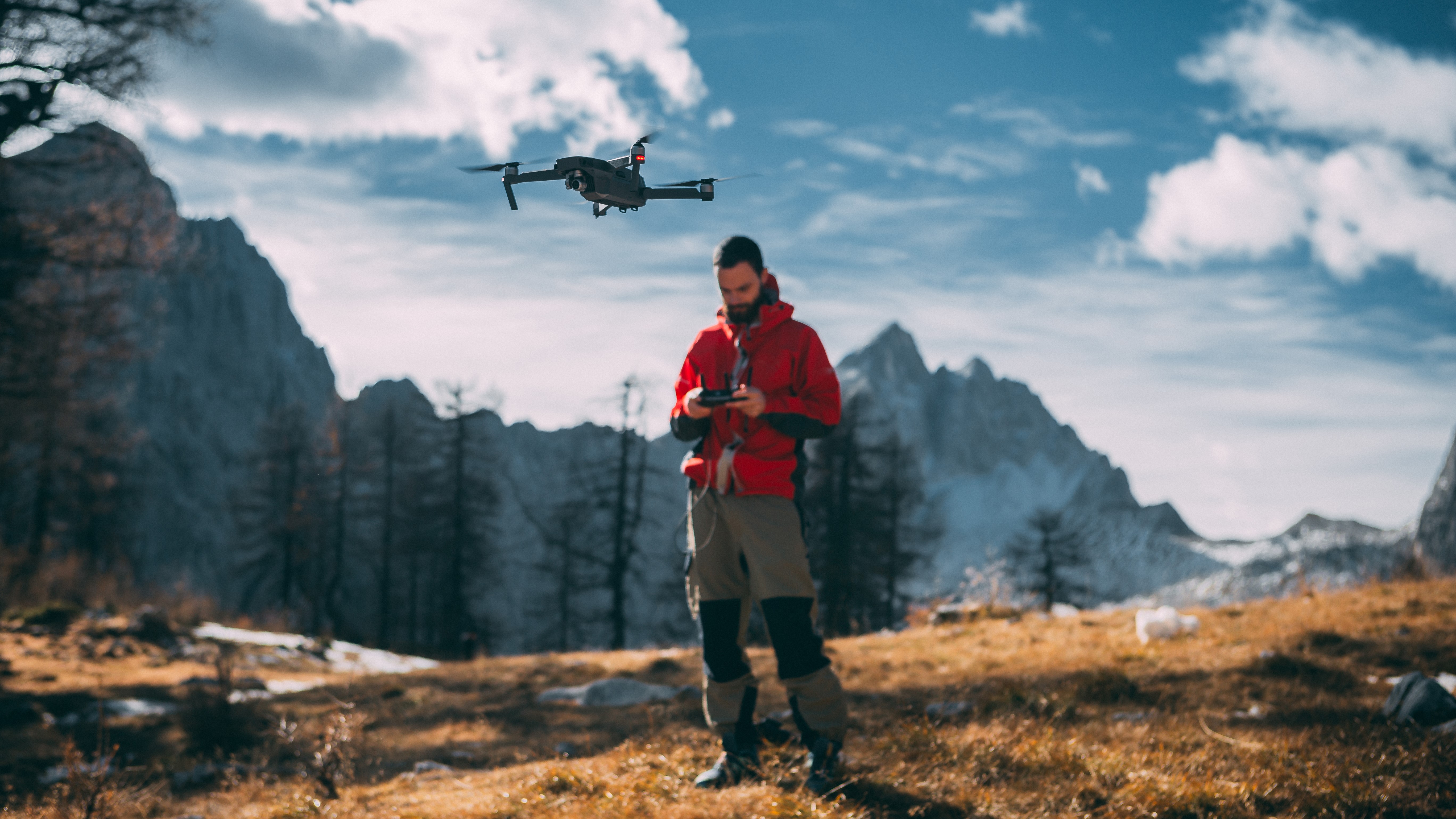What NOT to do when visiting a US National Park
From licking toads to tagging rocks, we cover 13 faux pas and law-breaking activities to avoid on your next National Park trip

From the towering sandstone walls of Zion Canyon to the snowy peaks of Rocky Mountain National Park, visiting a US National Park is the adventure of a lifetime. You’ll be thrilled and challenged, learn new things and make lasting memories – but accessing a National Park carries with it a certain degree of responsibility and if you don’t follow the rules and regulations, you could land yourself in hot water (literally, a geyser for one tourist).
These lands, after all, are managed by the National Parks Service, a federal agency, and exist to protect precious resources. Careless behavior can put those resources – and you – at risk, and may even land you with a hefty fine. Some of these behaviors should seem obvious, such as vandalism, while you might be surprised to learn that other activities are explicitly illegal. Read on to find out what not to do when visiting a National Park to avoid ending up a headline, and ensure that the only mark you make is with your hiking boots, on the trail.

1. Lick toads
Though we wish this didn’t need to be said, in November 2022 the NPS had to ask visitors not to touch or lick Sonoran desert toads. The toad's skin contains a toxin that has hallucinogenic properties when crystallized and smoked, leading some trippy tourists to try experimenting, but the substance can make people and animals very sick if ingested.
2. Tag the rocks
You probably assume that all visitors to wilderness areas are there purely to enjoy the scenery, but as we’ve previously reported, graffiti is an ongoing problem at US National Parks. In fact, it's a common occurrence at some of the most beautiful spots in the country such as the Grand Canyon, Zion and Yosemite, where officials reached out to the public for help finding vandals after around 30 tags were found in the park in May of 2022. Graffiti spoils wild spaces for others, and is bad for the environment – please leave your spray paint at home and leave no trace of your visit.
3. Get close to the wildlife
It’s rare that a day goes by at Advnture without us reporting on wildlife encounters of the too-close kind. From bison-stalking tourists to folk trying to feed the elk, way too many National Park visitors are getting gored and chased these days, and it’s their own fault. Practice wildlife safety. Don’t feed the wildlife, don’t get close to the wildlife – enjoy them from a distance, with binoculars. If you fail to complete this mission, we will almost certainly write about you.

4. Take souvenirs
Giant pinecones and interesting-shaped rocks can make really lovely souvenirs from your nature walks, but be warned: removing any natural resources from a National Park is illegal. If you want a keepsake, head to the visitor center gift shop and get yourself a koozie or a fridge magnet.
5. Ignore signs
National Parks are well-maintained spaces and often you will come across a sign that seems like it’s there to spoil your fun, whether it’s announcing a trail closure due to wildlife migration or forbidding wild swimming in waterfalls for serious safety reasons. Please don’t ignore signs and clamber into places you shouldn’t – you could be endangering yourself, wildlife, a fragile ecosystem or end up with a hefty fine.
All the latest inspiration, tips and guides to help you plan your next Advnture!
6. Stack rocks
Rock cairns are an ancient form of signage for navigating wild spaces, but for reasons unknown, modern hikers think they’re an art installation and have started stacking rocks all over the place. Doing so changes the landscape, which definitely leaves a trace, and disturbs the insects, small mammals and microorganisms that call those rocks their home. Please don’t stack rocks or kick existing cairns down for fun – they might be there for a reason.

7. Get off trail
Barring a few very remote National Parks in Alaska, most National Parks are renowned for having excellent trail systems. Yosemite alone has over 750 miles of trails to explore. Despite clear, well-marked trails, however, hikers frequently go missing and get lost in National Parks. Do yourself a favor and stick to the trail to reduce your chances of getting disoriented.
8. Camp without a permit
Camping at a National Park can be difficult – in Yosemite for example, you’re advised to book your campsite five months in advance. So it may be tempting to hike in with your tent in your backpack and just set up somewhere quiet and out of the way. Don’t. All National Parks that allow backcountry camping will require you to have a permit. Plan in advance and get a permit, which usually will cost less than $20.
9. Show up without a reservation
Not all National Parks require a reservation to enter, but many of the more popular ones will during the summer months. Don’t show up to a National Park in a car without ensuring you won’t need a reservation first, as you will be turned away. There are, however, other options, which we discuss in our article on navigating the National Parks reservation system, such as arriving on foot, showing up very early and booking a tour.

10. Leave your food lying out
One of the best aspects of visiting a National Park is the abundant opportunity to view wildlife. National Parks are home to a lot of animals – Yellowstone alone has some 200 bears, then you’ve got raccoons, porcupines and coyotes, all animals that will come in search of food you might leave lying around. When you’re camping, make sure you use the food lockers provided to keep your food safe from furry paws and jaws.
11. Light up
If you smoke – whether that means cigarettes, weed or even vaping – you’d better get yourself a nicotine patch for your visit. Smoking on US National Park trails is strictly prohibited, and smoking and vaping inside any National Park is restricted to designated areas, and there aren’t many. If you disregard this rule and get caught, you’ll be subject to a $300 fine (more if you smoke during a fire ban or start a wildfire).
12. Fly your drone
Photographers and videographers are becoming increasingly interested in capturing wild spaces from a bird’s eye view. Drone footage may be beautiful, but if you’re flying a drone inside a National Park, you’re breaking the law. Failure to comply isn’t just annoying and slightly creepy, it could land you with a $500 fine. Leave the drone at home and enjoy the views with your eyeballs.

13. Go out unprepared
Finally, a main source of people running into difficulties in National Parks, besides trying to get a selfie with wildlife, is going out unprepared. With their abundance of signs and amenities, National Parks can lull hikers into a false sense of security, but any time you’re venturing into the wild, you need to be prepared. Carry enough water, a compass, extra hiking layers and research your route before you go to make sure it’s within your abilities.
Julia Clarke is a staff writer for Advnture.com and the author of the book Restorative Yoga for Beginners. She loves to explore mountains on foot, bike, skis and belay and then recover on the the yoga mat. Julia graduated with a degree in journalism in 2004 and spent eight years working as a radio presenter in Kansas City, Vermont, Boston and New York City before discovering the joys of the Rocky Mountains. She then detoured west to Colorado and enjoyed 11 years teaching yoga in Vail before returning to her hometown of Glasgow, Scotland in 2020 to focus on family and writing.

